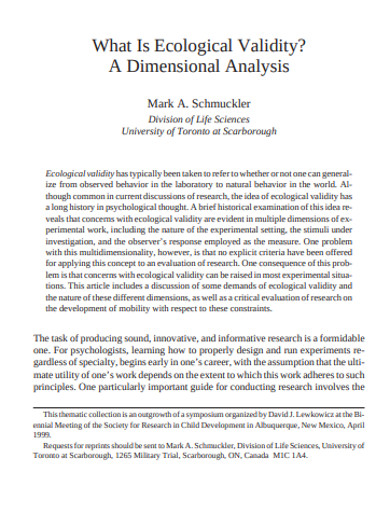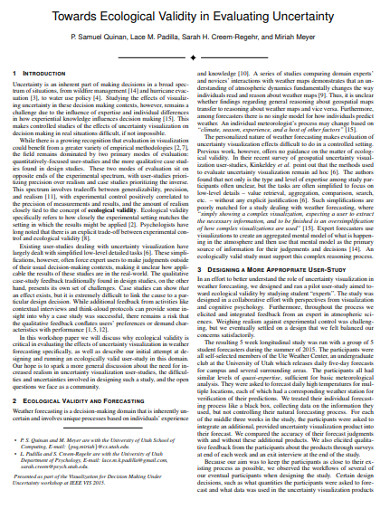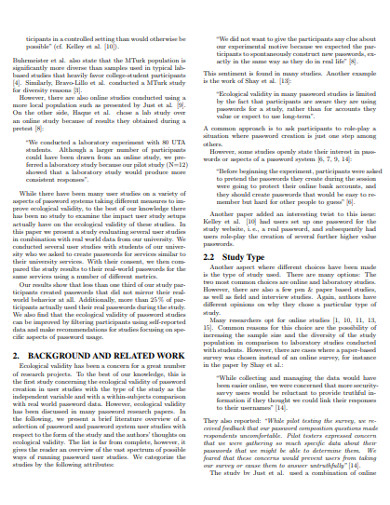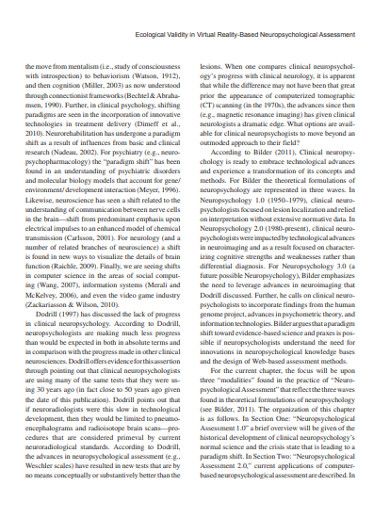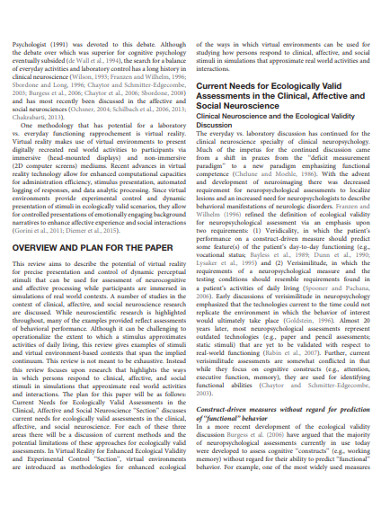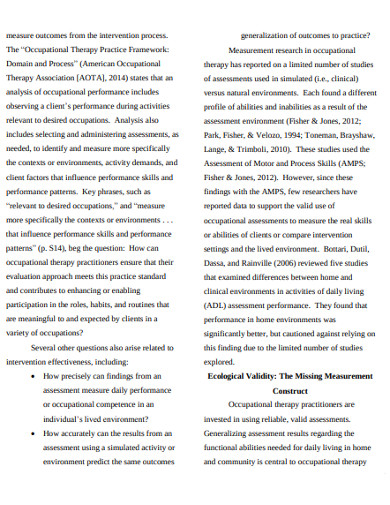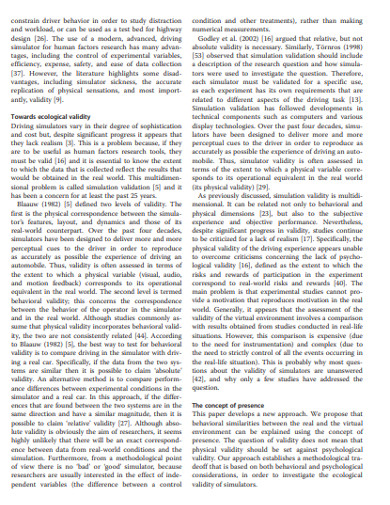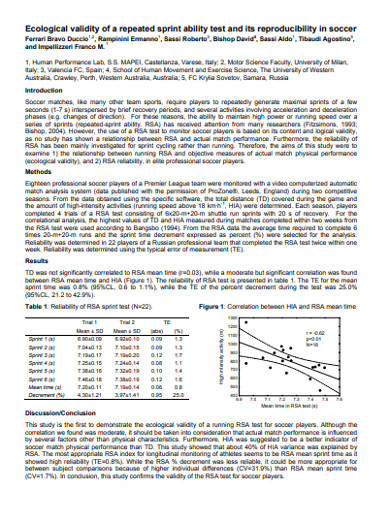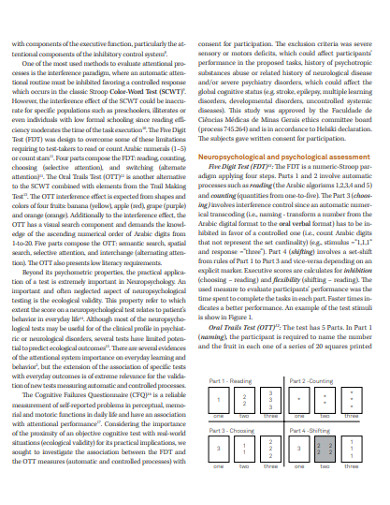10+ Ecological Validity Examples to Download
The real world is a place full of terrifying beauty and beautiful terrors. If you want to survive here, you need to be able to adapt to its ferocity. Being in your comfort zone, the results of many situations are usually in your favor. But once you step outside, you’ll realize that you don’t always have the upper hand. Your personal narrative can change once it is affected by the outside world. Situations in a controlled space significantly differ from those that happen in unsystematized areas. Just like in experiments, the difference in results from differing settings can cause inconsistencies in ecological validity.
When testing something, you need to assess if the results of the test conducted in a controlled setting are the same as one held in the real world. This concept is what makes up ecological validity. Ecological validity is a type of external validity that finds out if a test is useful in describing a generalized demographic in real-life situations. This requires researchers to take their analysis to a different environment without any control. This type of validity, used in educational research and psychology, offers the sentiments that generalization would not be applicable if the test setting does not resemble the real world.
Internal, External, Ecological
Validity comes in many forms. When talking about the effectiveness of an instrument based on the settings, the types of validity you need to discuss are the internal, external, and ecological validities. Internal validity examines if there are any biases in the testing instruments that can affect the results of the mode of measurement. Although this considers favors, this form of validity is also assessed through judgment and not statistics. If researchers wish to amend any bias, an improvement plan would be perfect. External validity, on the other hand, tries to find out if the results of a given testing instrument are useful to generalize different contexts. Studies use samples for testing, but, more often than not, the samples usually only reflect a single demographic. This type of validity is minimal since it is bound to many restrictions.
Meanwhile, ecological validity is about seeing if the results of a test are the same if done in naturalistic settings. This form of validity is basically a subtype of external validity. And like internal, it is based on judgment, not computed through statistics.
10+ Ecological Validity Examples
Ecological validity is the measurement of how a project assessment can be generalized. Although the computation of this type of validity is through judgment, you still need a bit more insight before you can determine if a testing material is valid or not. For you to understand more of ecological validity and its framework, here are 10+ ecological validity examples you can look into.
1. Ecological Dimensional Analysis Validity Example
2. Ecological Validity in Evaluating Uncertainty Example
3. Ecological Validity of Soundscape Reproduction Example
4. Sample Ecological Validity Example
5. Ecological Validity Neuropsychological Assessment Example
6. Virtual Reality for Enhanced Ecological Validity Example
7. Simple Ecological Validity Example
8. Ecological Validity in Driving Simulators Example
9. Standard Ecological validity Example
10. Printable Ecological validity Example
11. Ecological Editorial Validity Example
Experimental Reality
Ecological validity measures how a test, done with experimental control, performs in a naturalistic setting. This means that it tries to connect the lab and the real world. But how do you bridge the gap between these two? An obvious choice would be usability testing and other methods. But why not get into psychology for a bit? What action plan can you create to find the middle ground between these two?
1. Experiences
There are many ways for experimental psychology to be present in both the lab and the real world. One of these is through collecting data from your daily experiences. You can use it as the variables to fuel your research. Making the participants answer qualitative questionnaires about their daily lives is a way to accomplish this method. This is basically a way to mix the real world and the lab in one study.
2. Behavior
Collecting data regarding someone’s behavior is also a reliable way to connect psychological research with the outside world. Studying how a person walks and talks apply in both a controlled setting and in external spaces. A naturalistic observation research methodology can reveal so much about a person. Behavioral research at a common ground can help prove a test’s ecological validity.
3. Physiology
Another way to connect the lab to the rest of humanity is by examining how our bodies naturally respond to natural phenomena. You obviously react differently to seeing a picture of your loved ones from seeing them in real life. If your situation analysis can prove that your body’s natural reactions inside a test setting and in genuine situations are the same, you’ve got a taste of ecological validity.
4. Online Behavior
The internet has also become a part of people’s everyday life. That is why researchers also look into the way someone behaves online. The way someone creates an online portfolio can reflect their personality. Since everyone goes online at some point during the day, researchers can’t help but wonder what the meaning of their virtual behaviors is.
What people think they know on the inside might not be what is actually happening on the outside. It would help if you opened your eyes to the endless truths the world has to offer.



